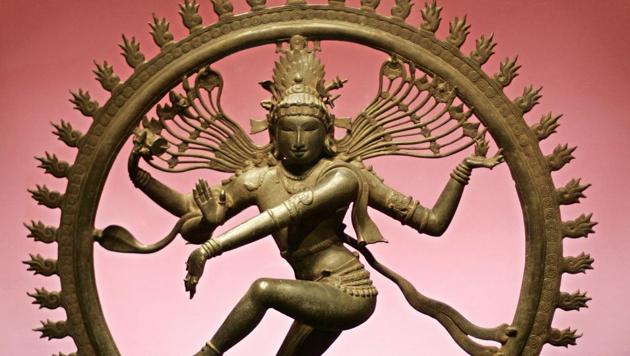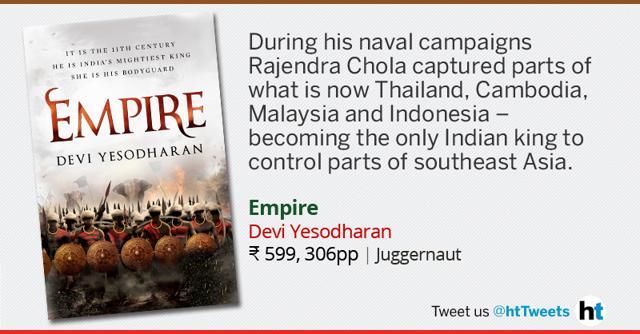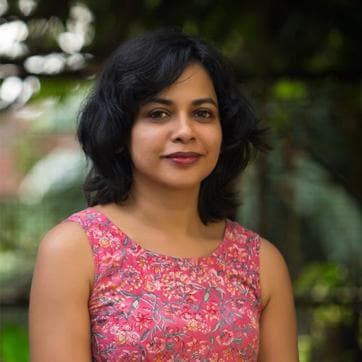Why don’t we remember the Cholas?
Author of a gripping historical novel, Devi Yesodharan examines why the dynasty that ruled south India and whose empire went beyond the subcontinent hasn’t captured the national imagination
When you think of the great empires of India − and indeed the world − the Mughals will be the first name to pop up. And no wonder. At its peak the Mughal empire covered much of Afghanistan and nearly all of India. Such was its dominance of the global economy that the region accounted for nearly 25 percent of the world’s GDP. The fame of their fabulous wealth spread far and wide, their glory recorded with awe by the many Europeans who visited the courts, stories from which passed into popular imagination and into the present day. So impressed were the British by their wealth that the word ‘mughal’ entered the English language to describe a powerful leader.

Yet four hundred years before the Mughals, there existed an equally glamorous empire, the Cholas in the south of India. Their empire covered the entire southern peninsula, the eastern Indian coast and all of Sri Lanka. Unlike the Mughals, this empire went beyond the traditional boundaries of the Indian subcontinent. During his naval campaigns Rajendra Chola captured parts of what is now Thailand, Cambodia, Malaysia and Indonesia – becoming the only Indian king to control parts of south east Asia.

If the Mughals left behind great buildings such as the Taj Mahal and exquisite miniatures to remind us of their glory, the Cholas rivaled them in the great temples that dot south India and its bronzes that now grace the world’s top museums. While the Mughals were a manufacturing behemoth,the Cholas flourished via agriculture and their strategic control of the vast Asian sea trade, the first Indian empire to do so.
The Cholas had a massive naval fleet of up to a thousand ships and they dominated the Indian and Lankan coastlines. If you were a trading ship from the port of Aden in Yemen on your way to the Malayas or Song China, you had to weigh anchor at an Indian or Lankan port. Chola control of the ports meant they could collect taxes and tariffs from all the ships that went through the Indian Ocean, east or west.
It made the Chola empire extraordinarily wealthy. The mind reels to hear that Rajaraja Chola donated more than two hundred kilos of gold and of silver, and sacks of jewels, to the Brahadisvara temple in Tanjore. This apart from building the mammoth and stunning stone temple that is covered in a profusion sculptures. They also built flourishing port, palace and temple towns. And they left behind several thousand inscriptions in copper plate and stone recorded in the hundreds of temples across their empire. Travellers to Chola ports and towns describe bustling streets, multistoried buildings, gardens and markets filled with traders selling everything from spices to pearls under cool canopies.
The master artists of the Chola empire could rival those of the Mughals though their aesthetics were startlingly different. The spectacular Chola bronzes are semi-nude human figures, with sensuous curves and slender limbs. The art of the Mughals have, on the other hand, restraint as a key feature. The vaulted halls of the buildings are spare, the walls profuse with stencil calligraphy, on which light falls like silk. The beauty is pulled off without a single human sculpture in sight. It feels like a challenge the best brains of the Mughal empire set for themselves: to enchant the human eye, without ever resorting to the human form.

Chola sculpture and architecture, on the other hand, runs riot with its emphasis on human beauty, turning the gods too into erotic human sculpture. The gorgeous form of Nataraja, the god Shiva dancing creation and destruction, was conceptualized by the Cholas. The most famous example of Chola architecture, the Brahadisvara temple has its walls festooned with a playful array of demons, gods, kings and queens, ordinary people and animals. Village scenes and war scenes, dances and fights, all spool into one another: the tumult of life is up there frozen in stone.
And yet despite the grandeur and size of their realm, their wealth and artistry, the Cholas don’t feature in our imagination as much as the Mughals. When I was writing my novel featuring Rajendra Chola, my references were primarily academic texts and translations. While they were a treasure trove of detail, they weren’t exactly written with an eye to the crowd. On the other hand, when I did a decidedly unscientific search online for Mughal related books, I discovered that there are nearly 2000 titles written about the Mughals, a vast collection that includes comics, romances and even a Mughal werewolf fantasy.
One of the main reasons is of course the historical material we have about both empires. Since they existed centuries before the Mughals, we have fewer surviving texts about the Cholas produced outside of India. Records within India tend to be inscriptions, the study of which is left to the specialists. If the Cholas are a question mark for us, with the Mughals we are full of answers: we can march through a familiar list of names of kings, important monuments, and series of events.
Read more: Excerpt: Empire by Devi Yasodharan
One can almost imagine the event of a Chola and a Mughal meeting: the raising of eyebrows on both sides, each confounded at the other’s preferences. The Mughal aghast at the Chola’s taste for strong alcohol, perhaps, and for any kind of meat that can be killed with arrows or caught by dogs, for his love of raucous, public dances, and the women with their bare legs and arms.
And the Chola might rub his chin in bemusement at the Mughal, who is wearing a turban that makes him sweat in the summer, who opens up his chess board when it’s such a nice day out; baffled at his cultural restrictions of everything fun, watching him as he hastily diverts his eyes from the beautiful girls. Both shaking their heads at the incomprehensibility of the other’s culture.



